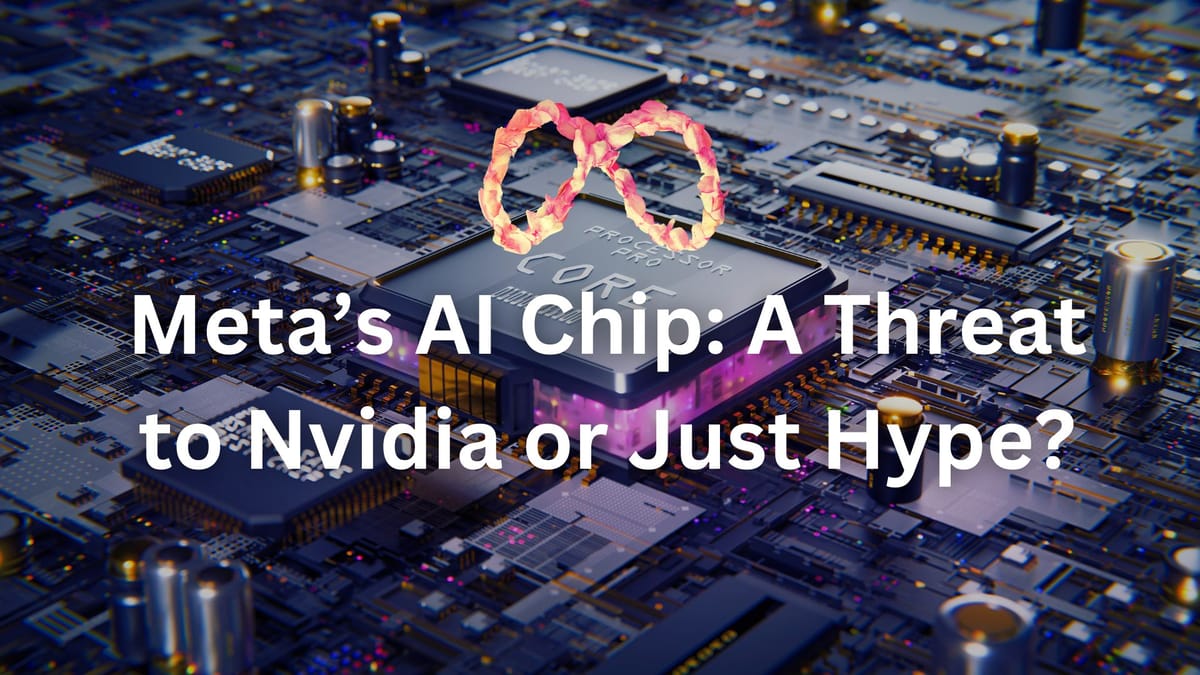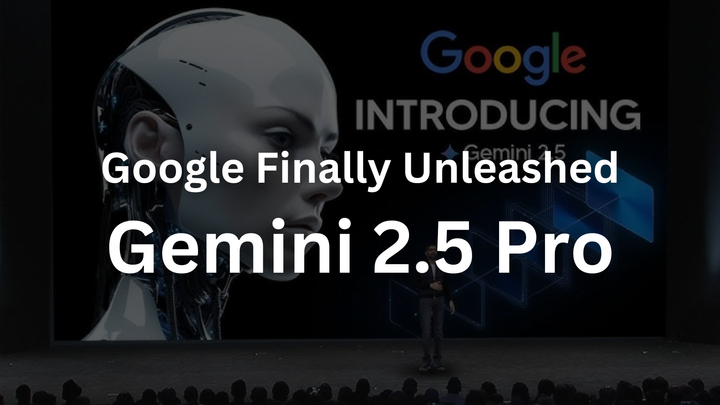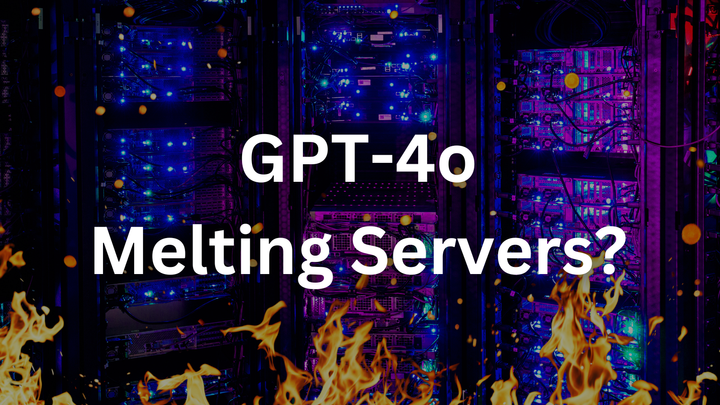Meta’s AI Chip: A Threat to Nvidia or Just Hype?

As Meta begins testing its first in-house AI training chip, the AI chip race is heating up. While some see this as a threat to Nvidia, I believe it’s just another step in AI’s evolution—one that still relies heavily on Nvidia’s GPUs.
Here’s why analysts may still be underestimating AI’s long-term GPU demand, despite Meta’s new chip efforts.
Meta’s AI Chip: Reducing Costs, Not Eliminating GPU Needs
Meta’s custom AI chip is part of a long-term effort to cut infrastructure costs. With AI spending projected to hit $119 billion in 2025, including up to $65 billion in AI infrastructure, Meta is looking for ways to optimize its expenses.
🔹 The new chip is a dedicated AI accelerator, meaning it handles only AI-specific tasks, making it more power-efficient than traditional GPUs.
🔹 Meta partnered with TSMC to manufacture the chip, signaling a serious investment in custom silicon.
🔹 Initial tests are limited, and if successful, Meta plans to scale production.
While this sounds like a shift away from Nvidia, it’s important to note that Meta still relies heavily on Nvidia’s GPUs for large-scale AI training.
Why This Won’t Reduce Nvidia’s Role Anytime Soon
There’s a key misunderstanding when people assume custom AI chips will replace GPUs entirely. Here’s why:
✅ Training AI Models Still Requires Massive GPU Power
Meta’s new chip is part of its Meta Training and Inference Accelerator (MTIA) series, but its primary focus is on recommendation systems. Expanding into training generative AI models will take time.
✅ AI Distillation Still Needs Large Models First
Some analysts believe AI will move toward smaller, more efficient models, like DeepSeek’s low-cost AI. But here’s the flaw in that thinking:
🔹 Distilled models can only exist if a larger, more powerful model is trained first.
🔹 Training those massive foundation models requires enormous GPU clusters.
🔹 Even after distillation, AI models still rely on GPUs for large-scale inference.
So while Meta’s chip may optimize some tasks, Nvidia’s GPUs will still be needed for the heavy lifting.

Nvidia’s Stock Drop: A Buying Opportunity?
Nvidia’s stock has dropped 26% since January, largely due to:
📉 Fears that AI models will become more efficient and need fewer GPUs
📉 Trade conflicts that could impact supply chains
📉 A potential economic slowdown affecting corporate spending
However, I see this as an overreaction. Here’s why:
🔹 Meta is still one of Nvidia’s biggest customers, buying billions in GPUs for its Llama foundation models.
🔹 AI demand is still surging, with Meta and OpenAI struggling to secure enough GPUs.
🔹 Nvidia’s revenue grew 114% in 2024, and AI compute needs aren’t slowing down.
While custom chips may help companies optimize costs, they won’t eliminate the need for powerful GPUs anytime soon.
Final Thoughts: AI’s GPU Hunger Isn’t Going Away
Meta’s AI chip experiment is promising, but it doesn’t change the reality that AI still relies on Nvidia’s GPUs for large-scale training. While investors panic over potential AI efficiency gains, they may be missing the bigger picture—the AI revolution is still in its early stages, and GPU demand will remain strong for years to come.
🚀 Do you think Meta’s AI chip will challenge Nvidia in the long run? Or is the GPU demand here to stay? Let’s discuss! 👇
Citations:
- Reuters, Exclusive: Meta Begins Testing Its First In-House AI Training Chip, March 11, 2025.https://www.reuters.com/technology/artificial-intelligence/meta-begins-testing-its-first-in-house-ai-training-chip-2025-03-11/
- Motley Fool UK, Nvidia Stock Has Crashed 26%. Time to Buy?, March 12, 2025.https://www.fool.co.uk/2025/03/11/nvidia-stock-has-crashed-26-time-to-buy/



